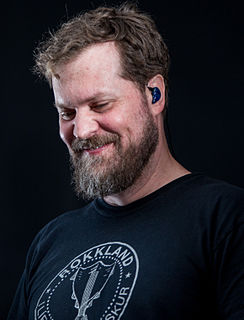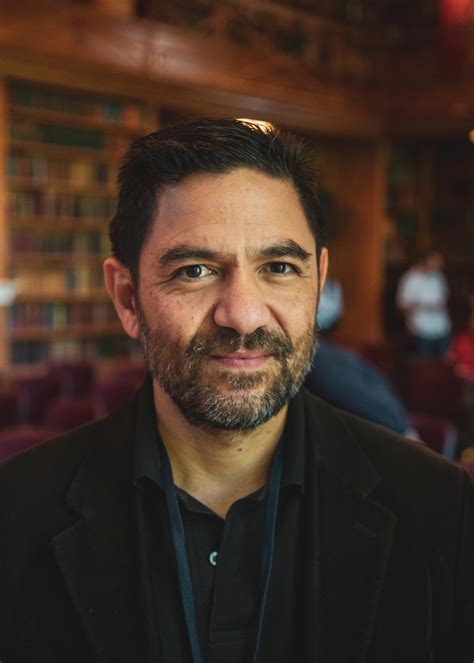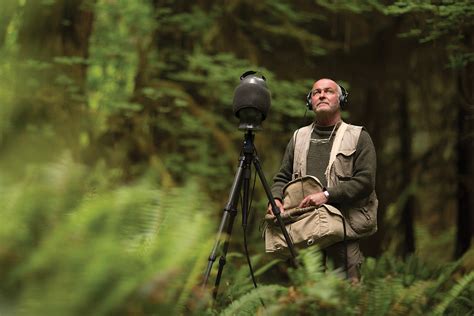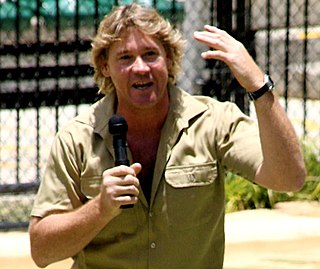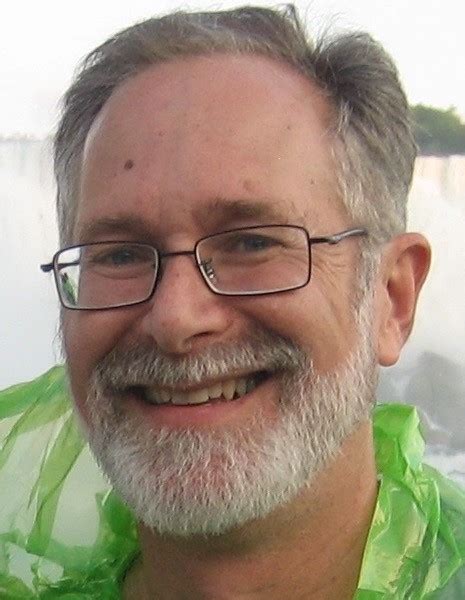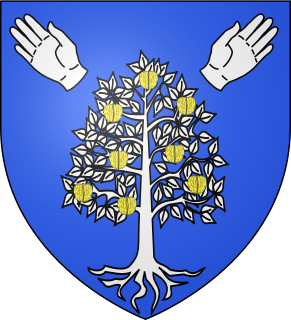A Quote by Newt Gingrich
Cincinnati has one of the most diverse animal collections in the world, with more than 500 species represented. They also have a really good insect exhibit.
Related Quotes
I want to know diverse facts about such things as galaxies or molecules or proteins or insect species. I have an impulse to want to know the little details, which are usually of no significance to non-specialists. I own a dissection microscope, and if there is an insect in the house, I sometimes catch it and look at it under the microscope.
A diverse ecosystem will also be resilient, because it contains many species with overlapping ecological functions that can partially replace one another. When a particular species is destroyed by a severe disturbance so that a link in the network is broken, a diverse community will be able to survive and reorganize itself... In other words, the more complex the network is, the more complex its pattern of interconnections, the more resilient it will be.
It must be stressed that there is nothing insulting about looking at people as animals. We are animals, after all. Homo sapiens is a species of primate, a biological phenomenon dominated by biological rules, like any other species. Human nature is no more than one particular kind of animal nature. Agreed, the human species is an extraordinary animal; but all other species are also extraordinary animals, each in their own way, and the scientific man-watcher can bring many fresh insights to the study of human affairs if he can retain this basic attitude of evolutionary humility.
London is not just an international financial centre: it is also one of the most ethnically diverse places on earth. Three hundred languages are represented within its boundaries, and - as is true of some other English cities - more than half of London's inhabitants describe themselves as non-white.
The Giant Ocean Tank, with its 52 large viewing windows, is the main attraction here. Myrtle, a giant green sea turtle, is one of the tank's most popular animals, along with sharks, rays and more than 100 other species. The Aquarium Medical Center is a working animal hospital exhibit that allows visitors to observe veterinarians examining and treating sea creatures.
Most people think visual information is more important than aural information - like, what's this big deal about sound? And why should I bother to listen, rather than look? And here are the facts: there are blind species, in the backs of the caves, the bottoms of the oceans. It's not essential on planet Earth to be able to see, to be a species. But there are no deaf animal species. You have to be able to hear, or you won't get the information you need in order to survive.
Insect resistance to a pesticide was first reported in 1947 for the Housefly (Musca domestica) with respect to DDT. Since then resistance to one or more pesticides has been reported in at least 225 species of insects and other arthropods. The genetic variants required for resistance to the most diverse kinds of pesticides were apparently present in every one of the populations exposed to these man-made compounds.
What I'm starting to really grapple with, as someone who likes to tell stories, is that humans more than any other animal species seem open and willing to control, assert dominance, and behave cruelly. That's a whole kind of new nightmare to really have to face about your own species. That we are, in some respects, cannibalistic, in that we are willing to destroy ourselves. That's really something for me to be exploring over the long haul.
Talk of belief in these animals is not some kind of anthropomorphism. We simply cannot explain the kinds of problem solving and behavioral sophistication some species exhibit without supposing that they have genuine beliefs. But once these ethologists finish making the case for animal belief, they quickly move to talk of animal knowledge as well. What I argue is that this is not a mere façon de parler.






